Pavilion at Venice Biennale architecture exhibition shows role of design in fabric of Saudi Arabian cities

Author: Olivia Cuthbert VeniceThu, 2018-05-24 21:02ID: 1527187718439581500
VENICE: In its debut appearance at Italys most prestigious architecture fair on Thursday, Saudi Arabia unveiled a sweeping exhibition exploring the countrys progress over the past five decades.
Holding its own among the 65 national pavilions at the 16th Venice Biennales International Architecture Exhibition, the Saudi pavilion illustrated the evolution underway as the country embraces a new era of change, powered by Prince Mohammed bin Salmans Vision 2030 blueprint for the future.
Its the first time the Kingdom has had a presence at the event, which is considered one of the foremost forums for international architecture, drawing hundreds of thousands of visitors from across the globe to the historic city of Venice in northeastern Italy.
At the heart of the display in the Venetian Arsenal — the historic shipyards that house some of the most prominent pavilions at the biannual fair, a set of screens on opposite walls flash up clips of Saudi cities showing people wandering along the Jeddah Corniche or drinking coffee at a Bujairy Park cafe in Riyadh.
The reels illustrate the way urban sprawl has unfolded across the Kingdom, where rapid urbanization resulting in settlement-driven growth has skipped over spaces in Saudi cities, leaving vast lots vacant between buildings. With more than 40 percent of urban land unused, communities are dispersed, creating a sense of fragmentation between neighborhoods connected only by cars.
“The vacant lot is a very prevalent typology in Saudi cities: anyone passing through them will notice the empty tracts of land everywhere,” said architect Turki Gazzaz, who co-created the pavilion space – which is named “Spaces in Between” — with his brother Abdulrahman Gazzaz.
The duo, who founded Jeddah-based architectural studio Bricklab, beat 70 other entries to secure the commission to create the Kingdoms first biennale pavilion, which shows the role design can play in re-knitting the social and structural fabric of Saudi cities.
While outlets for creative expression have previously been limited in the Kingdom, attitudes are increasingly conducive toward design-led solutions. “People are becoming more conscious about these critical issues that exist within our urban fabric … this is beginning to spill out into our society and impact it in a positive way,” Abdulrahman said.
Recent reforms rolled out under Vision 2030 have created a channel for creativity to fuel the countrys growth as it looks beyond the oil sector — a turning point referenced by the pavilions use of resin, which is a byproduct of the petrochemical industry.
This has been mixed with sand — a material that both symbolizes Saudi Arabia and links it to the rest of the world — for the giant curved screens that frame the exhibition.
Inside, projections show digital maps of the Kingdoms main cities, beginning with aerial perspectives that convey their fragmented growth before moving down to street-level snapshots of everyday life in the city.
These pictures have been drawn from social media and most are taken from cars, the dual axis of urban life for city-dwelling Saudis. Below, old mobile phones, a walkie-talkie and broken motherboards are showcased beneath a glass panel of fragmented electronics to “create a conversation about consumer culture” and comment on the “virtual public space” that people increasingly congregate in at the expense of public places, said Abdulrahman.
Speaking to Arab News at the launch of the Saudi pavilion in Venice on Thursday, Dhay Al Dhawyan, project manager at the Ministry of Municipality and Rural Affairs, described the need to “humanize” Saudi cities, something Vision 2030, and the more immediate targets for 2020, are moving toward.
“We want to bring back city centers, walkability, accessibility, connectivity and rework the visual aspects of our cities to make them more lively and functional.”
The overall theme at this years biennale is “Freespace,” selected by the Irish curators Yvonne Farrell and Shelley McNamara to encourage architects to explore how “a generosity of spirit and a sense of humanity” can contribute to the built environment.
Tapping into this ethos, the Saudi pavilion curators have compiled a display that blurs the boundaries between development and desert, city border and boundless expanse.
In demographic terms, Saudi cities have always been very diverse but in many cases they lack the infrastructure to encourage interaction, said Jawaher Al-Sudairy, one of the exhibition curators and director of Nahda Center for Research as well as senior program manager at Harvard Kennedy School.
“There are public spaces but theyre under-utilized, so thats where the conversation should be.”
Communication is the overriding aim for the creators behind the Saudi pavilion, which invites visitors to explore the evolution taking place in Saudi Arabias skyline and engage with the social shift underway as the Kingdom steps onto the world stage.
“Were tackling a global issue here; this is not unique to Saudi Arabia,” said Dr. Sumayah Al-Solaiman, the other half of the female curatorial team at the exhibition.
In keeping with the lofty spirit of the biennale, literature handed out to interested parties at the Saudi pavilion errs on the aloof and arty, but the experience created by the exhibition is firmly grounded in the relatable.
The teams wants visitors to identify with the issues raised, which have a global resonance in an era defined by rapid urban growth.
“Were more similar with other nations than we are different … and this is a great way to have a conversation that is not necessarily bound by national boundaries,” said Al-Solaiman, who is dean of the College of Design at Imam Abdulrahman bin Faisal University.
“The Venice Biennale is an excellent platform to start a conversation around architecture and how were designing and building, and we want to have this discussion with other architects around the world.”
“Our participation in the International Architecture Exhibition of La Biennale di Venezia is an unprecedented moment for Saudi Arabias creative community. Its an opportunity to bring pioneering Saudi thought to an international platform through our creative vernacular,” said Ahmed Mater, executive director of the Misk Art Institute, which organized the Saudi pavilion.
“Coupled with the allocation of an incredible pavilion space, we are very excited about our presentation this year at the Biennale Architettura but also, looking forward to future years and presentations and what they will draw upon from our own community.”
For Al-Sudairy, one of the most interesting projects on the horizon is the Riyadh Metro, which she believes will transform more than mobility in the capital. “I cant wait to see how it changes the people move around … its going to transform the city physically and socially.”
It is one of many large-scale infrastructure projects underway across the Kingdom that aims to bring a sense of cohesion to the countrys urban environments and unite diverse communities within them.
The Saudi pavilion opens to the public on Saturday (May 26).
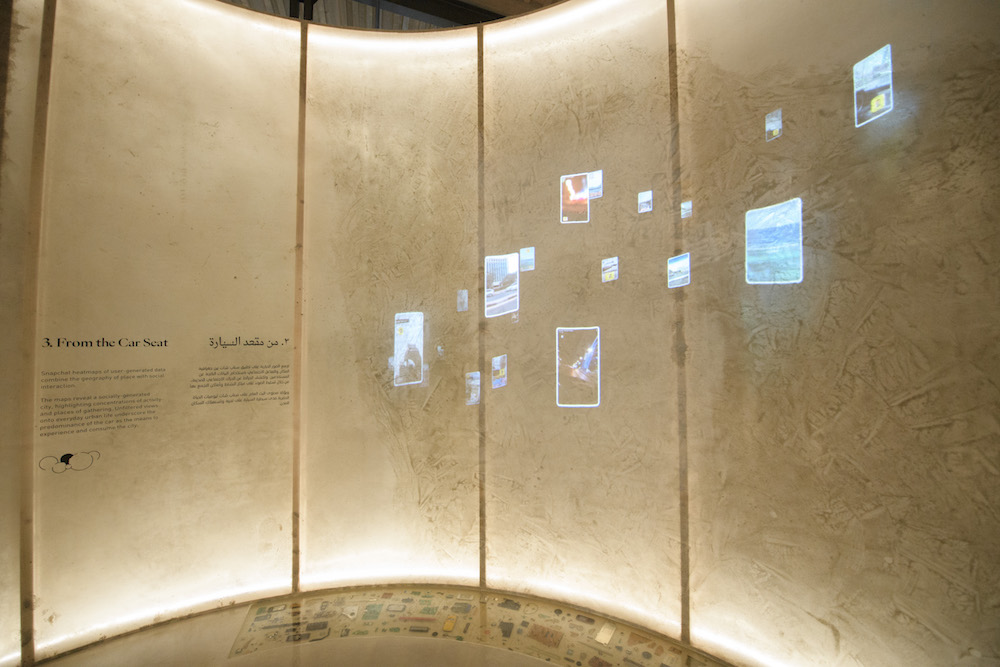
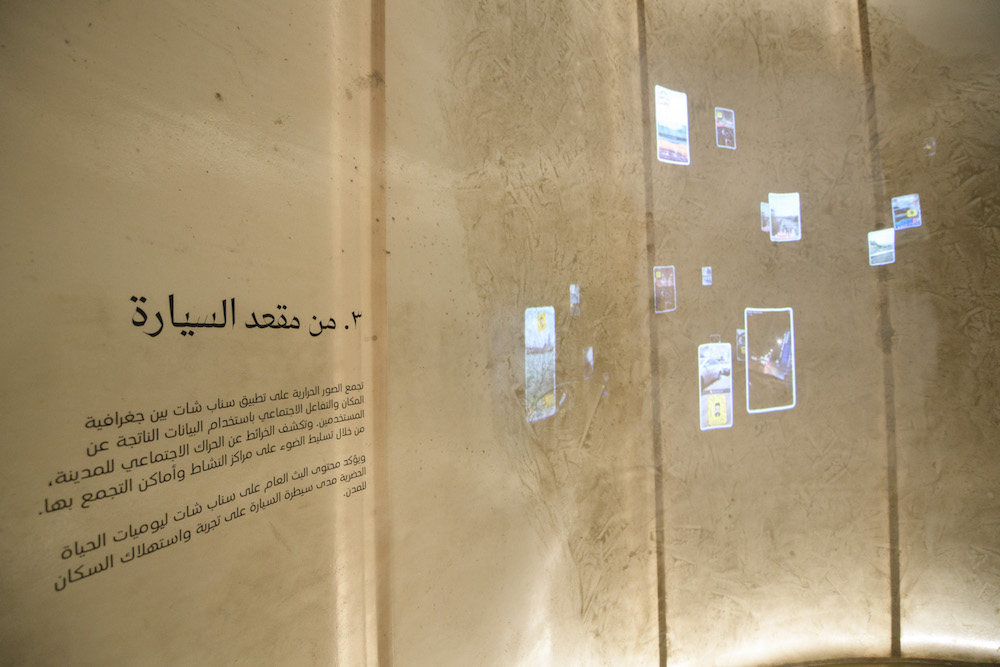

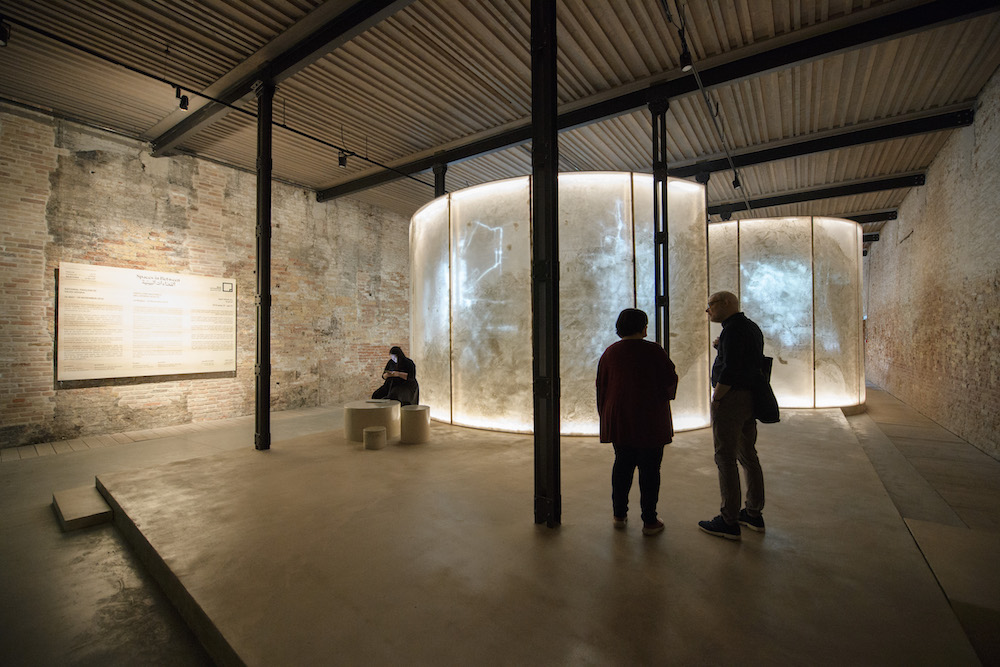
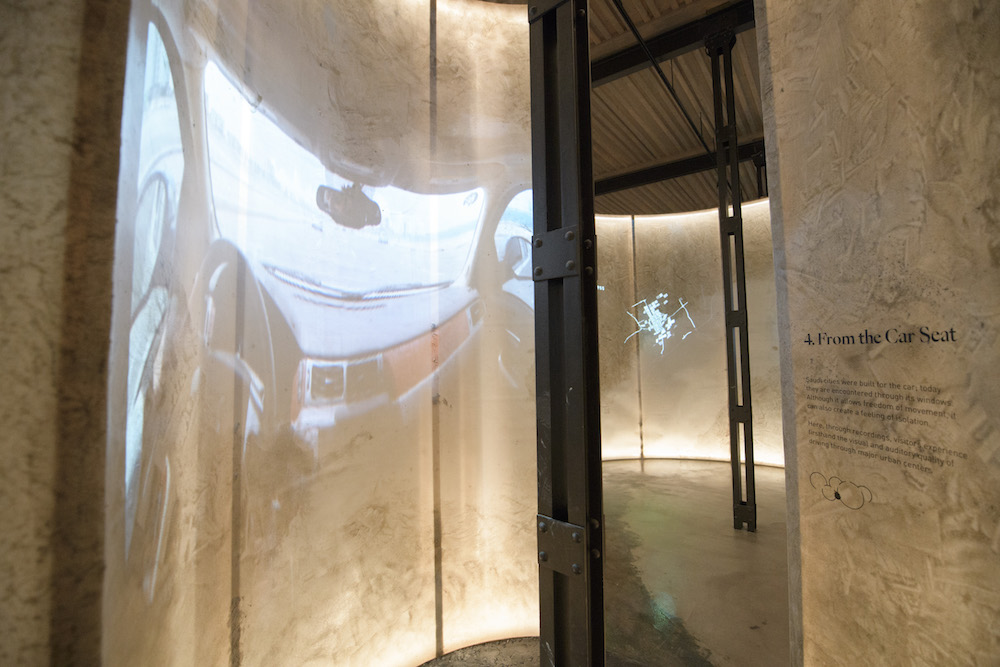
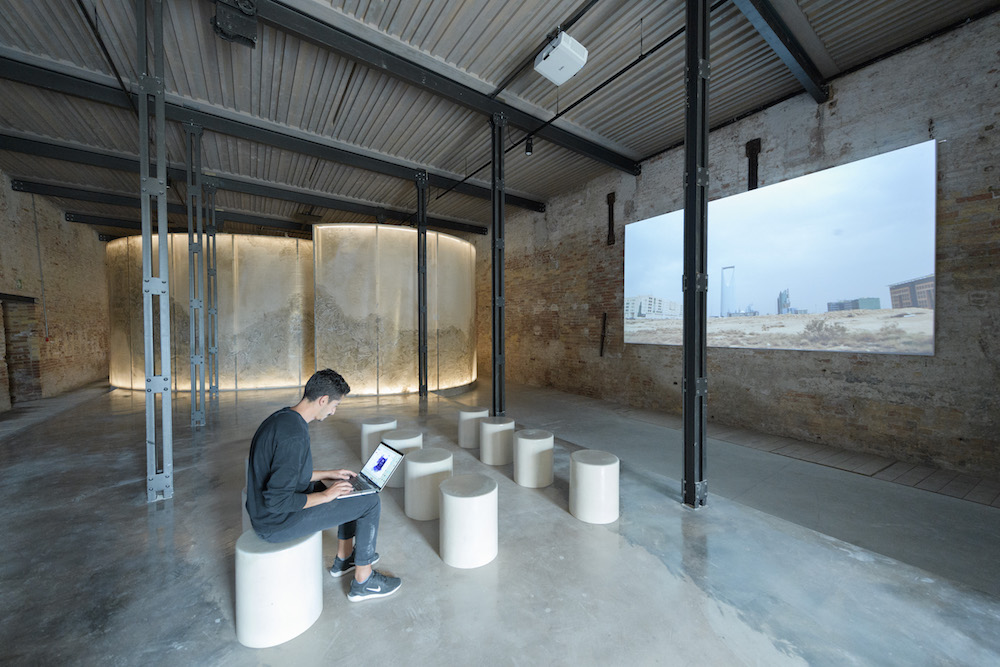
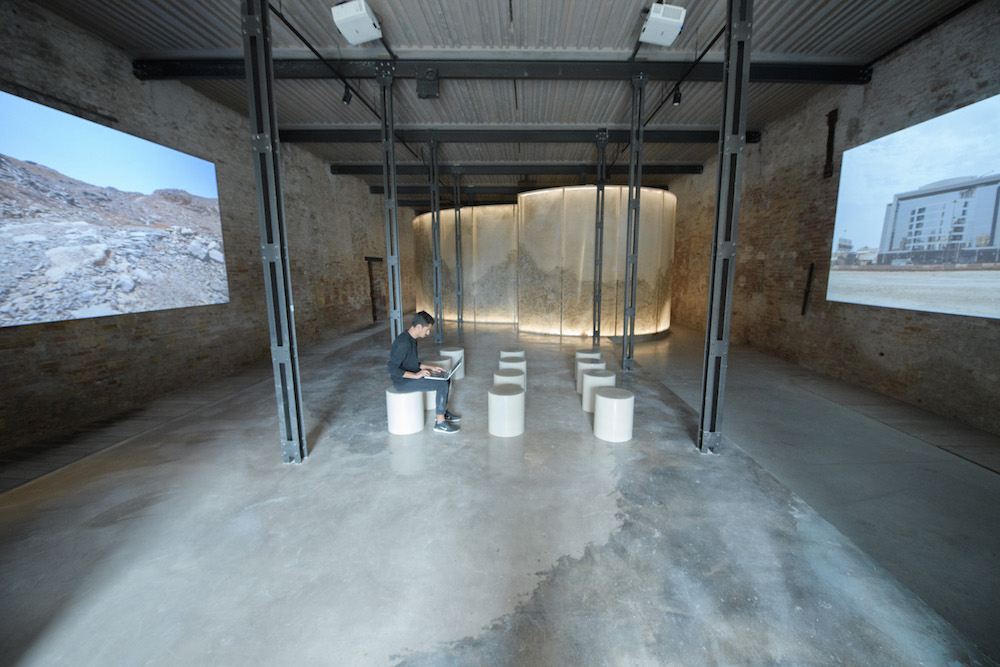

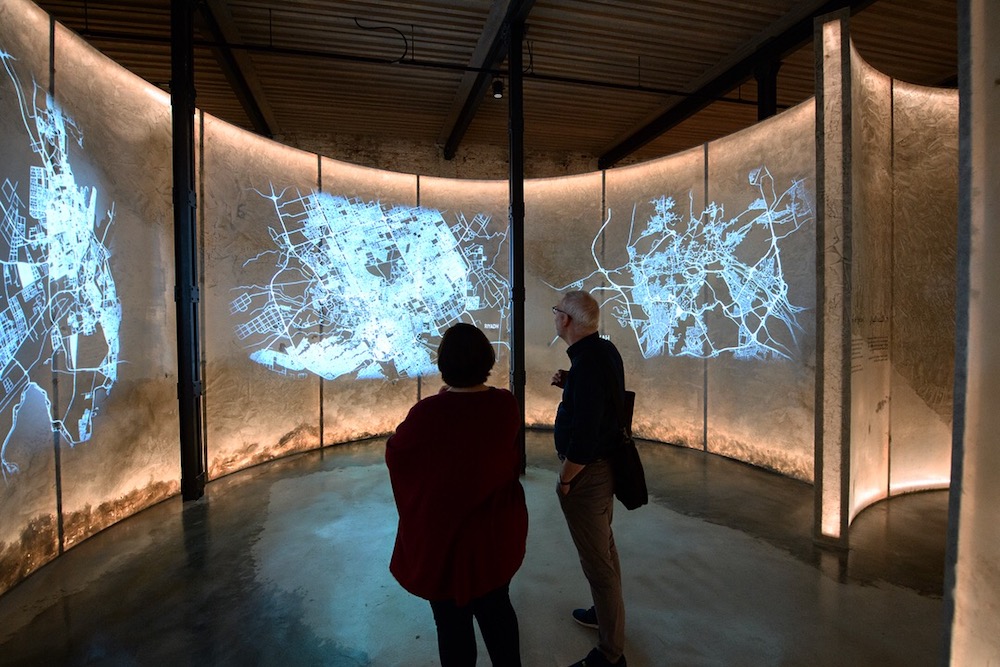
 Main category: Saudi ArabiaTags: Saudi ArabiaVeniceItalydesignMiddle EastEurope International architecture expo in Venice to include Saudi Arabia pavilion Discovering the wonder of Egypts Islamic architecture
Main category: Saudi ArabiaTags: Saudi ArabiaVeniceItalydesignMiddle EastEurope International architecture expo in Venice to include Saudi Arabia pavilion Discovering the wonder of Egypts Islamic architecture
[contf]
[contfnew]

Arab News
[contfnewc]
[contfnewc]




